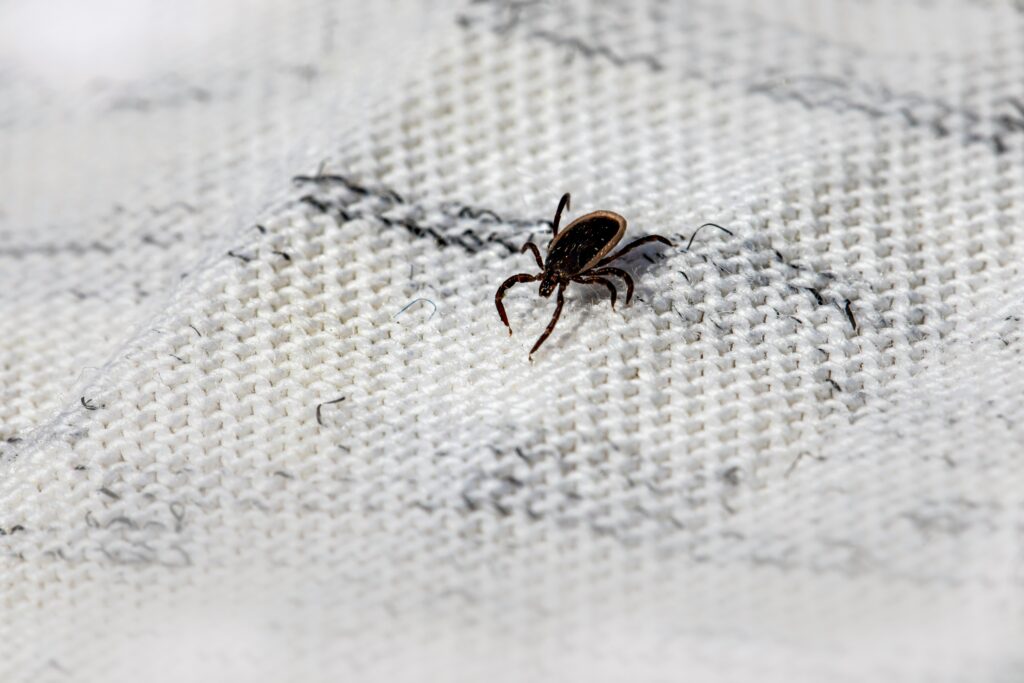Springtime Flea & Tick Prevention: Essential Tips for Dog Owners
As the temperatures rise and spring emerges, so does the risk of flea and tick infestations for our furry companions. These pesky parasites thrive in warm, humid environments, making spring a critical time for dog owners to step up their prevention efforts. Here’s what you need to know to keep your pet safe and comfortable this season.
Why Spring is Prime Flea & Tick Season
Spring brings increased humidity and warmth, creating the perfect breeding ground for fleas and ticks. These parasites not only cause discomfort but can also transmit serious diseases such as Lyme disease, Rocky Mountain spotted fever, and tapeworm infestations. Since flea eggs can survive winter and hatch when the weather warms up, prevention must be a year-round commitment with extra vigilance in the springtime.
Effective Prevention Methods
- Topical Treatments – These are liquid medications applied directly to your dog’s skin, usually between the shoulder blades. They offer month-long protection and work by repelling and killing fleas and ticks on contact.
- Oral Medications – Given monthly, oral flea and tick preventatives work from the inside out, killing parasites when they bite. They are a great option for dogs that frequently swim or get bathed.
- Flea & Tick Collars – These provide extended protection and can last for several months. They work by releasing active ingredients that repel and kill fleas and ticks before they can latch onto your dog.
- Shampoos & Sprays – Flea and tick shampoos can help kill parasites on contact and are useful after outdoor adventures. Sprays can provide extra protection when applied before trips to high-risk areas.
- Regular Grooming & Inspection – Check your dog for fleas and ticks after outdoor activities, especially around the ears, paws, armpits, and under the collar. Regular brushing helps you spot and remove these pests early.
Keeping Your Home & Yard Flea-Free
- Vacuum Regularly: Flea eggs and larvae often hide in carpets and upholstery. Frequent vacuuming helps prevent infestations.
- Wash Pet Bedding: Launder your dog’s bedding, toys, and blankets in hot water weekly.
- Yard Maintenance: Keep grass trimmed and remove leaf litter where ticks thrive. Consider pet-safe insecticides or nematodes to control flea populations.
Signs of Flea & Tick Infestation
Even with prevention efforts, fleas and ticks can still find their way onto your pet. Watch for signs such as excessive scratching, biting at the skin, hair loss, red or irritated skin, and visible flea dirt (small black specks that turn red when wet). If you find a tick, use fine-tipped tweezers to remove it carefully, ensuring you get the head out to prevent infection.
The Importance of Consistent Prevention
Skipping even a single month of flea and tick prevention can leave your dog vulnerable to infestations and diseases. Work with your veterinarian to choose the best year-round prevention plan for your pet.
By staying proactive this spring, you can ensure your dog enjoys the warmer weather without the itch and irritation of fleas and ticks. A little prevention goes a long way in keeping your furry friend healthy and happy!



